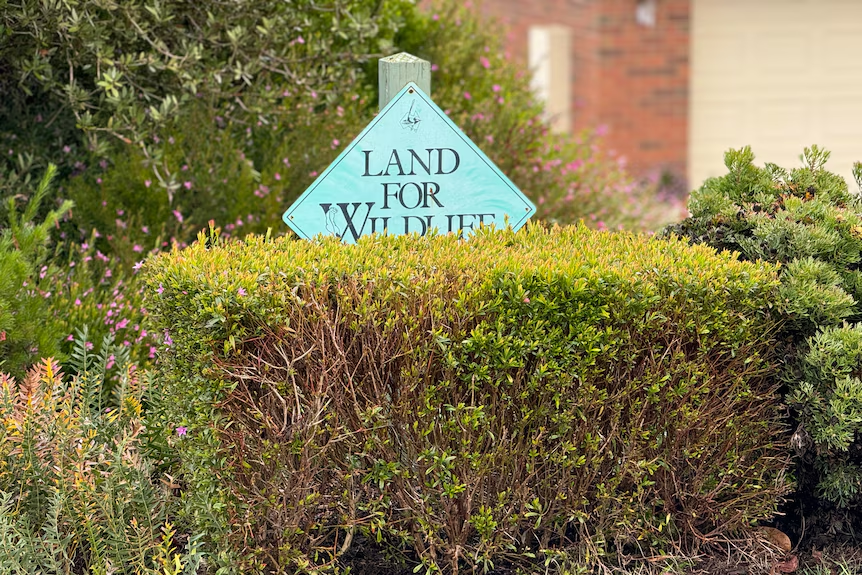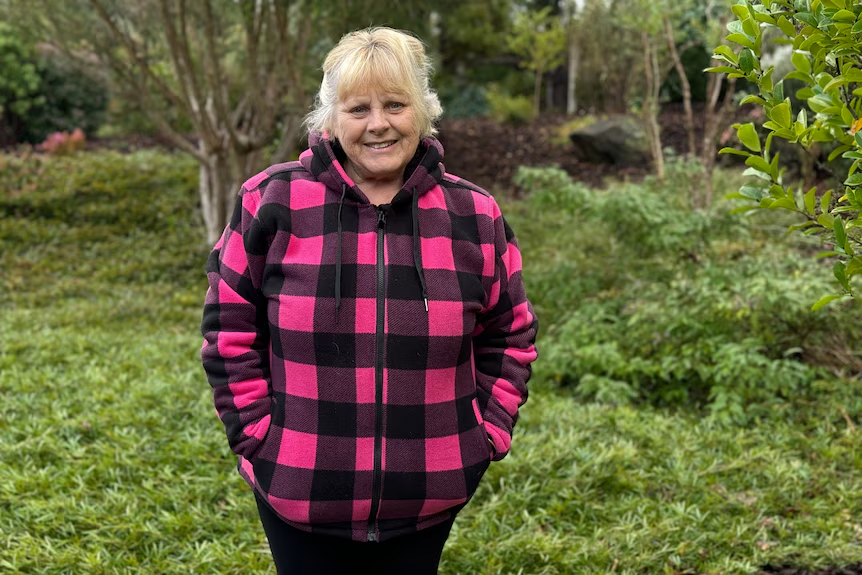Driving through Traralgon South in Victoria’s east you could be forgiven for not realising there was a coal-fired power station just a few kilometres away.
Lining the broad, leafy streets are large homes with well-manicured gardens, overlooking a nature reserve.

Traralgon South Primary School’s website describes “modern, spacious facilities” surrounded by a “picturesque bushland setting”.
“We’re very blessed to have this beautiful nature on our doorstep,” said Traralgon South resident Yvonne McInnes.
“People love coming out here because it is so beautiful. We’re very close to Tarra-Bulga National Park.”

But down the road, about 5 kilometres as the crow flies, is one of Victoria’s biggest powerhouses, Loy Yang A.
With a capacity of 2,210 megawatts Loy Yang A generates about 30 per cent of the state’s power.
Under its plan, the opposition has said the first sites would be operational between 2035 and 2037 — and provide a cost-effective solution to Australia’s net zero transition.
However, according to the CSIRO, building a large-scale nuclear power plant in Australia would cost at least $8.5 billion, take about 15 years, and produce electricity at roughly twice the cost of renewable sources.
Regardless of whether it goes ahead or not, Ms McInnes is concerned by the Coalition’s proposal.
“I hope it doesn’t happen,” she said.
Extracts from ABC News
